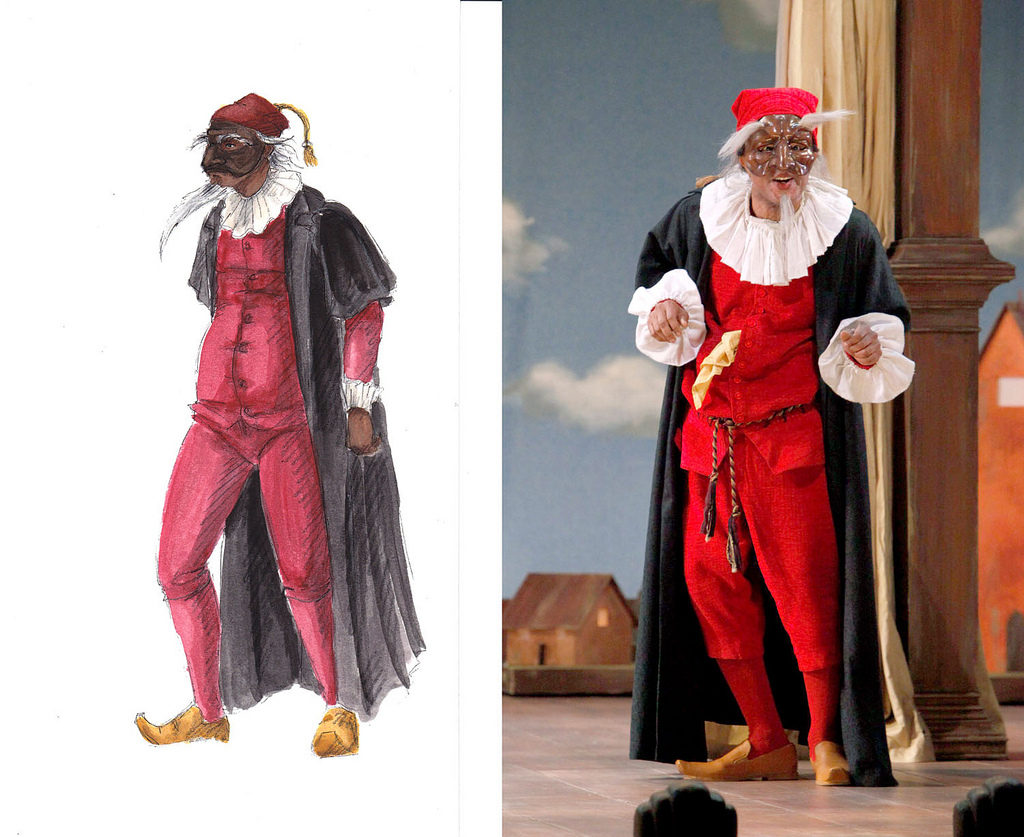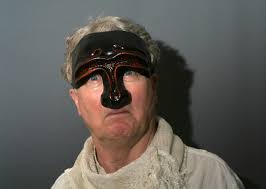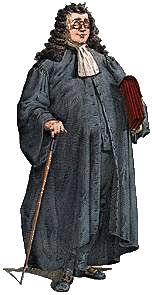Examiner’s say the Indicative content for a performer focused question could include [remember you wouldn’t be expected to cover it all!!]
- physical appearance, age, height, build, colouring, facial features
- vocal qualities, pitch, pace, tone, accent
- delivery of specific lines: interaction with others, eye contact, spatial relationships, physical contact
- use of space
- Their relationship with other KEY characters
- movement, gesture, gait, posture, energy, demeanour and facial expressions
- style/use of costume/make-up; of props and accessories
- specific performance ideas clearly calculated to reveal the specified interpretation in key scenes.
SAMPLE PERFORMER QUESTIONS
Acting style questions:
Activity #1 Read and discuss what the difference between these types of question are?
- As a performer, discuss how you would perform the role of XXXX in two sections of the play in order to convey your interpretation of the character to the audience. You must make specific reference to the social, cultural and/or historical context of So2M in your answer.
- As a performer, discuss the comic effects you would wish to create through your presentation of XXXX. How would you perform the role in at least two sections in order to achieve your aims? You must make specific reference to the social, cultural and/or historical context of So2M in your answer.
Activity #2 [With you allocated character]
THINK – PAIR – SHARE
What stock character(s) do they fall into?
How would you play him? (age, appearance, costume, prop)
Where’s your character from?
Your interpretation – using Social and Historic CONTXT to JUSTIFY
How would they MOVE and SPEAK? (overview – most of the time.)
Activity #3
Write an introduction paragraph that would go AFTER the GENERIC ONE.
What other Pearls of Wisdom (Historic, Social, Cultural) can you think of to work into your answer?
Characters to cover: Brighella, Smeraldina, Beatrice/Federigo, Florindo,
Activity #4
Make a plan of the 2-3 ‘GO TO’ scenes that would give COMPLETE answer.
Activity #5
Write 2 para graphs (samples)
One from EACH section you have chosen.
You can do this either
- Individually
- As a small group with ONE scribe but everyone contributing ideas and sentences.
This will be written up in an ICT Room and made available to EVERYONE on the STUDENT SHARED AREA. {so make it your best effort – logical structure, quotes, occasional Pearls of Wisdom and LOTS of acting terminology}
Activity # 6
You present your Introduction to the class as a lecture.
Someone speaking / reading and the other(s) acting out







